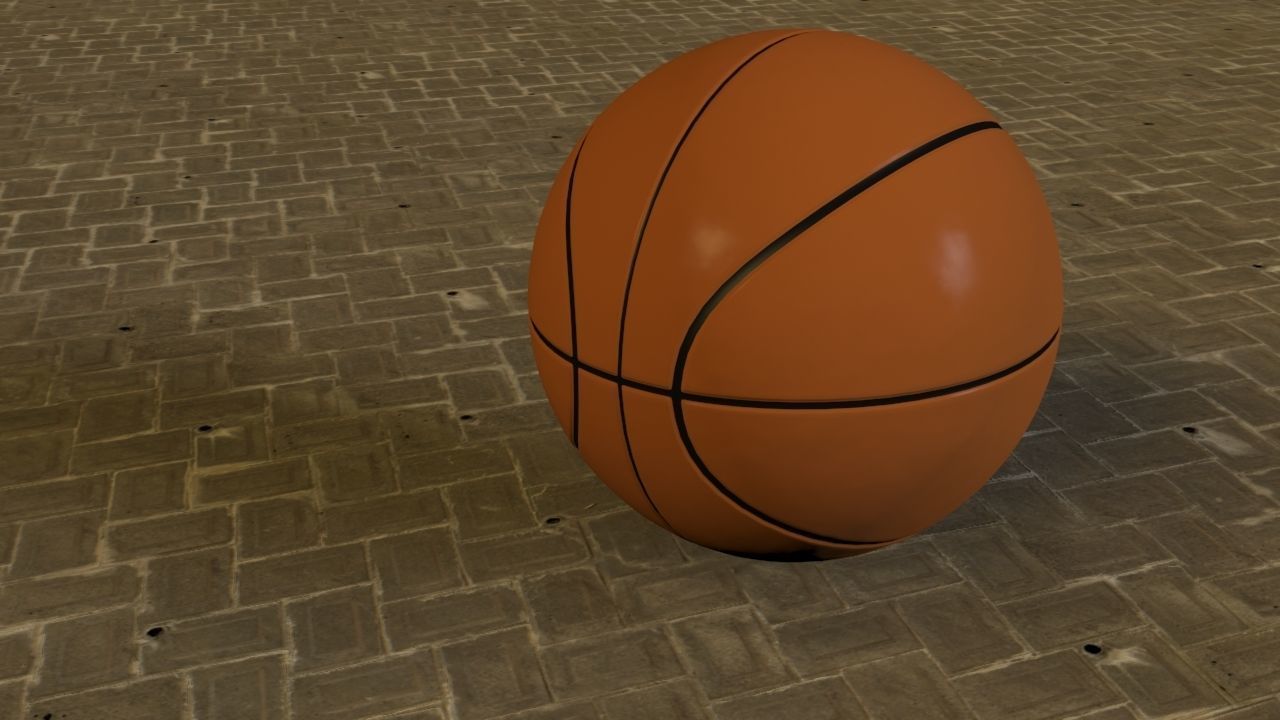
basketball Low-poly 3D model
cgtrader
A Basketball Model Reborn with Simple yet Effective Lines. The creation of a simplified three-dimensional model of a basketball involves breaking down its complex geometry into fewer, yet equally meaningful, elements. By focusing on fundamental shapes, artists can develop an immersive visual experience without compromising detail and accuracy. The use of fewer polygons is a clever way to balance the competing demands of both realism and performance. One such technique for simplifying three-dimensional objects like basketballs utilizes triangular or square primitives as the building blocks for complex forms. When combined, these smaller shapes are merged together seamlessly, eliminating any abrupt changes in texture and form. As the object's polygon count decreases, so too does its file size and render time. To simplify an existing 3D model of a basketball while maintaining key features such as surface curves and depth, an artist would follow several steps: Select high-contrast lines or distinctive vertices on the original model that serve to identify distinct regions like panels, ridges or joints. Using software, convert those selected elements into 'subdivision surfaces' which can then be broken down further into smaller subdivisions. Each subdivision contains all the original detail from its source panel, while preserving key geometric properties like curvature and connectivity. In a few seconds, numerous individual elements break apart into thousands of discrete polygons that define our three-dimensional shape precisely but at higher computational cost per item versus simpler primitive geometries. At the other end lies another model - much less refined than before yet no longer lacking anything substantial about its surface representation. By removing excessive vertices where appropriate through algorithms provided by design tools themselves (which identify points contributing little beyond local noise) or manually selecting non-critical vertices before performing the subdivision process we find that detail reduction leads toward overall optimization in terms of real-world use applications rather than aesthetics alone which previously had higher precedence but still holds relevance here because it allows faster performance within similar limitations given hardware resources at hand. It is interesting to see just how low an actual count could go before users might start noticing loss or perceived inaccuracies that don't necessarily translate directly into poor image quality; more so how different artists tackle simplification tasks with varying degrees of finesse – making subjective calls about 'necessary' elements throughout process and beyond final presentation.
With this file you will be able to print basketball Low-poly 3D model with your 3D printer. Click on the button and save the file on your computer to work, edit or customize your design. You can also find more 3D designs for printers on basketball Low-poly 3D model.
